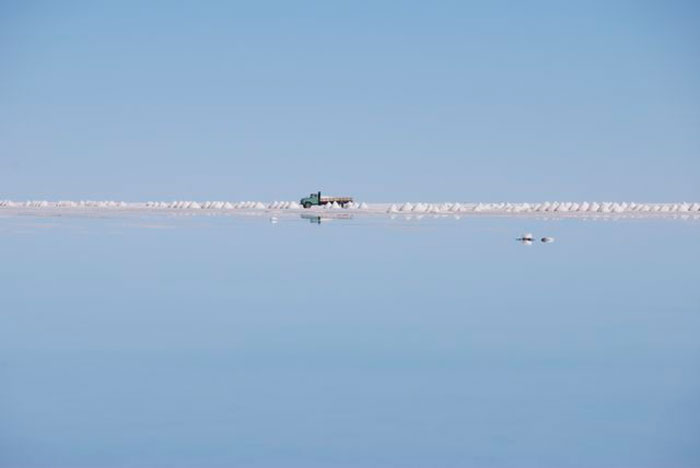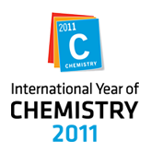
ENRICHMENT OF LITHIUM
Date
May 17
Purpose
To enrich lithium from the Salar de Uyuni
Discussion
Another example of energy required on the expedition will be that needed to power cameras, cell-phones, and computers. A battery stores energy, and this energy is termed potential energy. One of the most common battery types used to power cell-phones and computers is the lithium battery. The Salar de Uyuni contains about half of the world's lithium reserves. Bolivia is considering mining these reserves for industrial purposes. The salts of the Salar are present as a solid that is the surface on which the i2P team is running and this solid layer is approximately 1 m in thickness. Below this layer is a 'brine', a concentrated sodium chloride solution.
Lithium in the Salar is not pure, but mixed with the commons salts of the Salar. Sodium, Lithium and Magnesium are the most abundant cations, while chloride is the most abundant anion. Pure lithium is needed by industry so isolating lithium from the other compounds is an important industrial reaction.
Method
Samples of the salt layer will be obtained and dissolved in water. Sodium carbonate is added then added. Because carbonate has a greater affinity toward Lithium than Sodium, lithium carbonate (Li2CO3) will be the first to interact and that compound will precipitate from the solution. The mixture can then be filtered to separate the Li2CO3 solid from the solution.
Experiment Report & Results

The recovery and enrichment of Lithium from Salars is a two step process. The first step involves collecting salt from the Salar and drying the salt prior to the second step, which is putting these salt into evaporation ponds where it becomes feasible to precipitate Lithium as a carbonate. In speaking with our expedition guides, I learned that a shovel-full of salt from the Salar de Uyuni contains ~$6 USD worth of Lithium, and the workers here are skilled at scraping the top most layer of salt, ~2 cm (0.8 inches) thick which is enriched in Lithium. Out on the Salar, Youth ambassadors Ryan and Jessica assisted me in collecting salt samples (you can tell in the video of us sampling the salt that I was feeling the effects of running at the elevation on the Salar.) We collected three samples, each ~250 g (0.5 pound). Yesterday, the camp was set up in the dark so I didn't get to working on step 1 on the enrichment process. I will update you on the results of the experiment tomorrow.
Update May 17 2011
The enrichment and recovery of lithium is an exercise in understanding solubility product constants. Today (Tuesday), at the lunch break I set up a mini-Salar and an evaporation pond, both of which I used to represent steps 1 and 2 respectively. In the mini-Salar, I placed a black garbage bag on the ground, poured a solution of sodium chloride on the bag and allowed that to evaporate. This illustrated step 1 where the flooding of the Salar by precipitation run-off dissolves some of the salt, and Lithium. In evaporating the water, sodium chloride precipitates first, lithium last. In this way, Lithium is enriched in the top crust of salt. This top layer is harvested manually using shovels, and that material is dried in the cones that are seen in pictures of the Salar de Uyuni. This solid material in the cones is then transported to evaporation ponds where it is re-dissolved and introduced to an evaporation pond. In this pond, Sodium carbonate is added, but because the Lithium had already been enriched, this time, the first compound to precipitate is Lithium carbonate. This precipitate is recovered from the evaporation bed and then the lithium carbonate is exported internationally where one of its main uses now is in the production of Lithium batteries. We will be performing flame tests on Lithium, Sodium, and Potassium tomorrow evening to illustrate a physical property of these elements that are the basis of why Lithium is incorporated in batteries.







